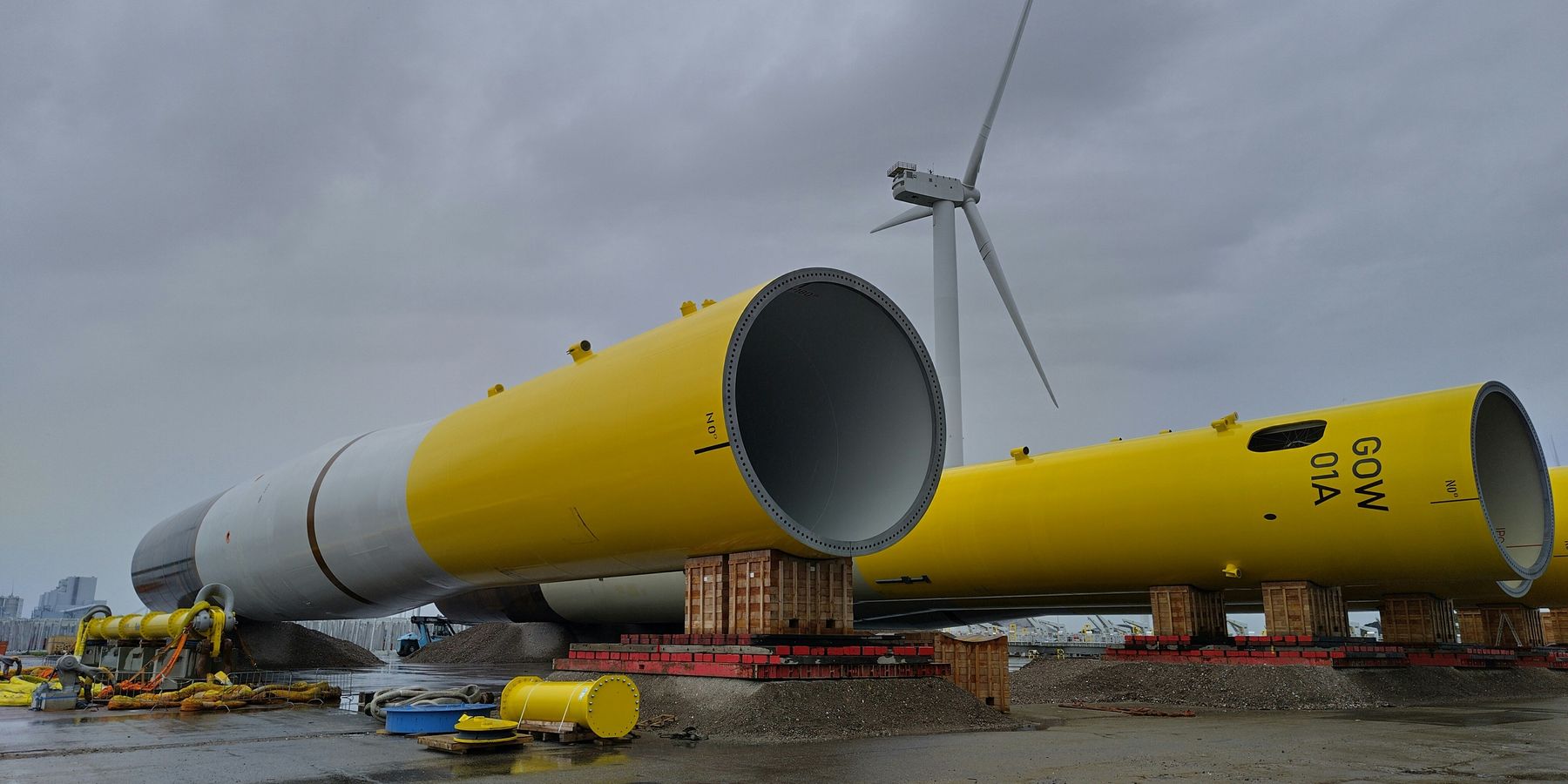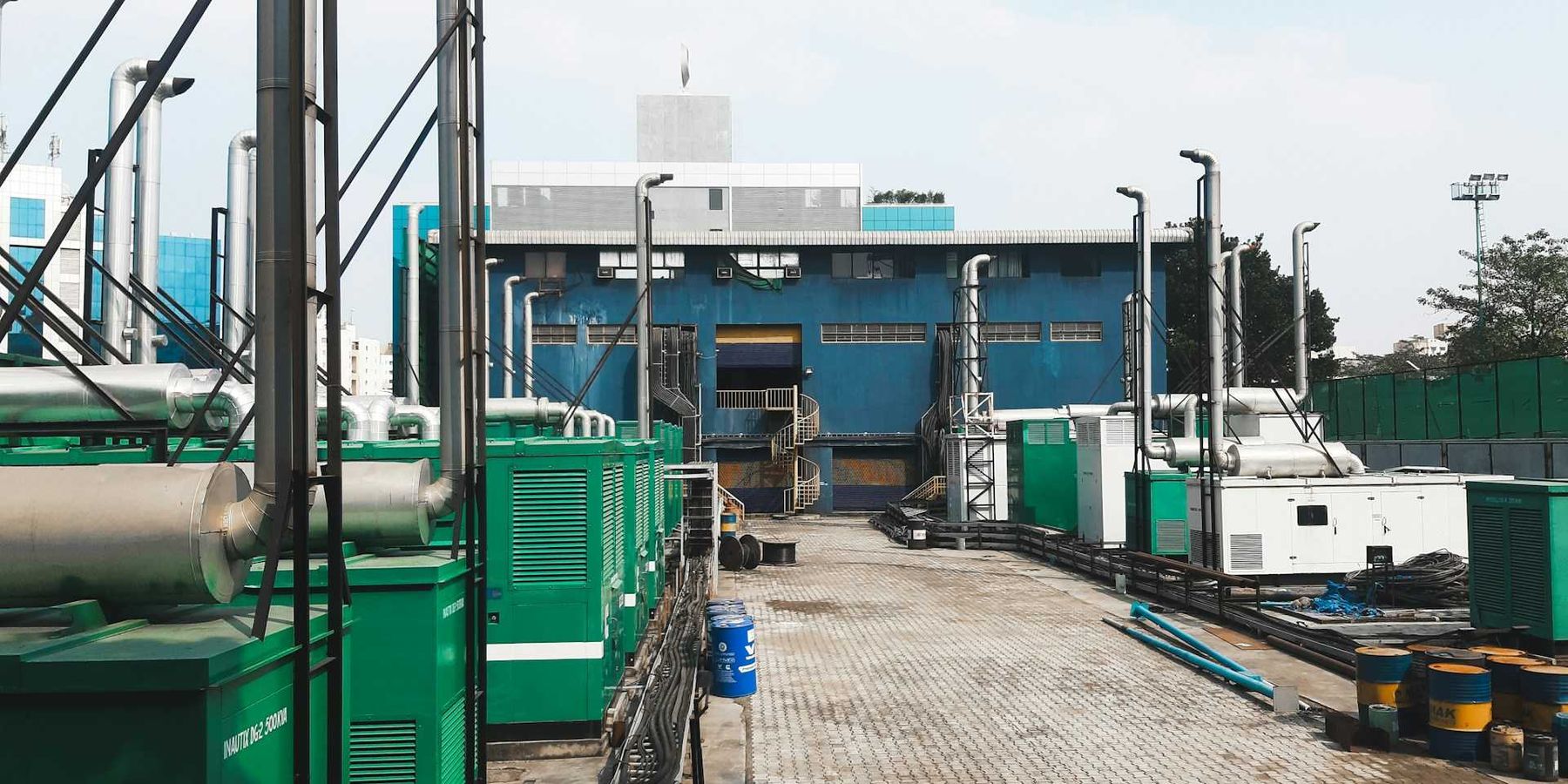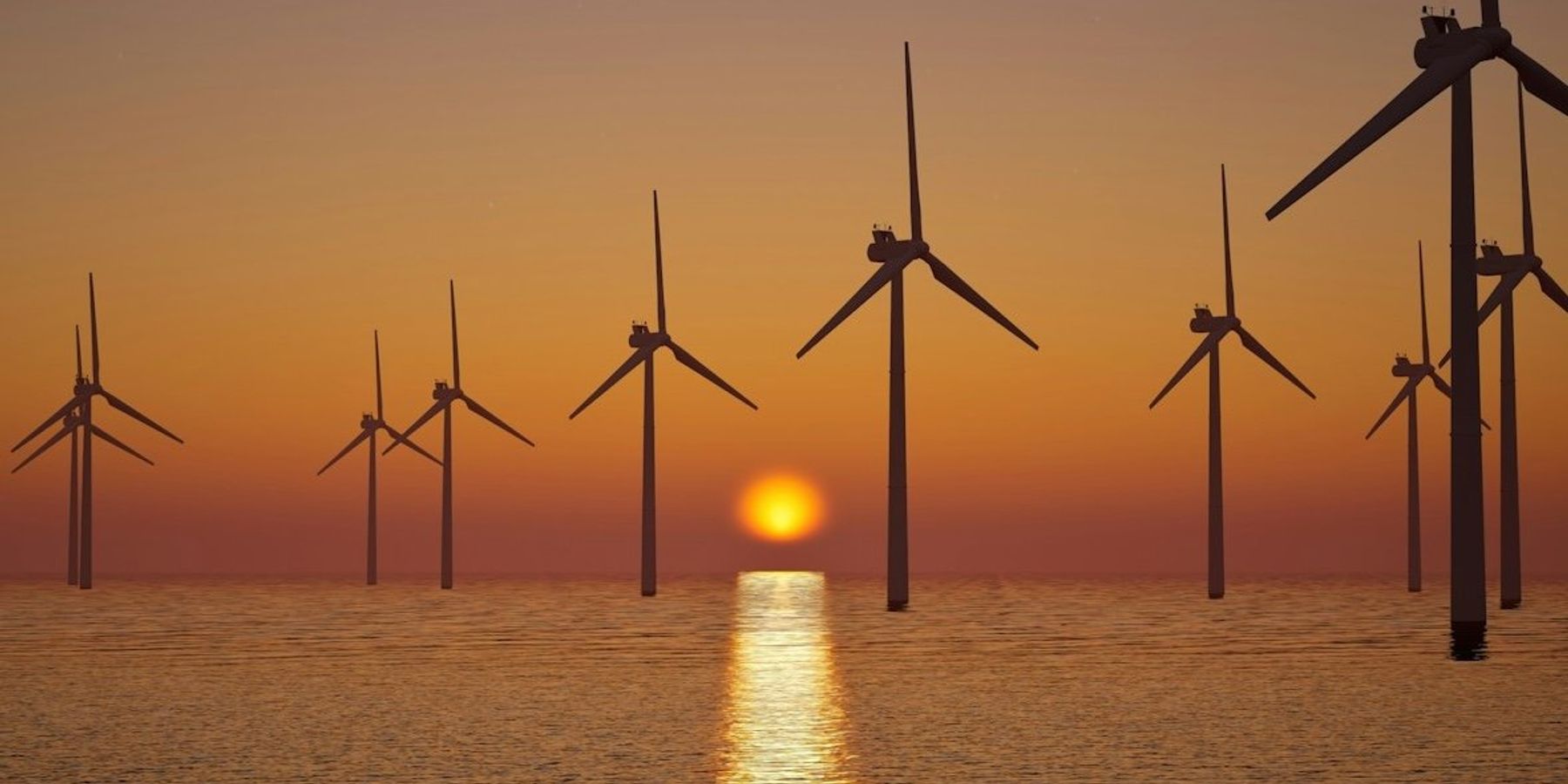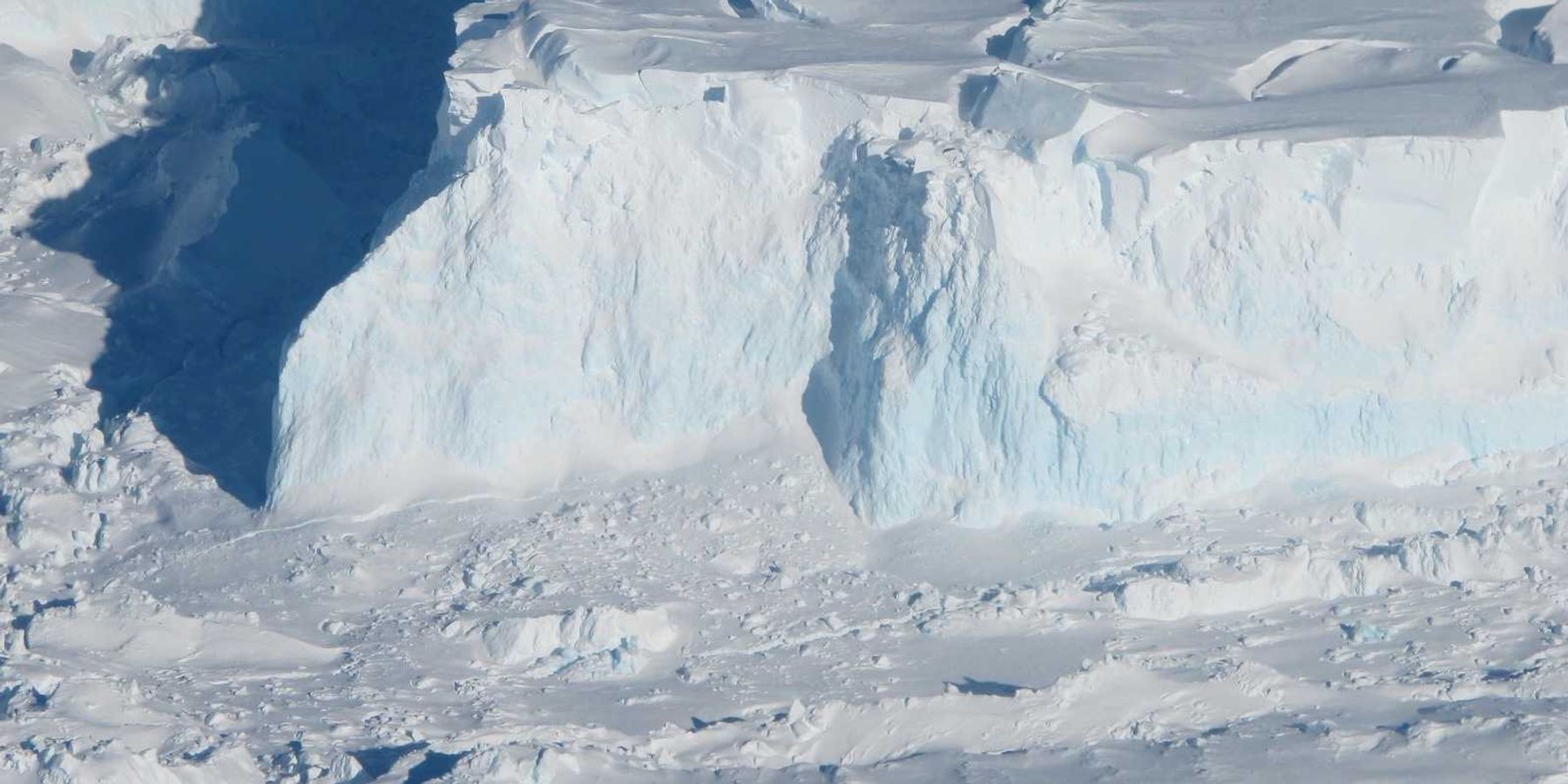Women working in Antarctica face enduring harassment and assault
Years after the first female scientist came forward to report sexual harassment and assault, women are still reporting abuse in Antarctica. Despite investigations by government agencies and academic institutions, a persistent culture of intimidation and abuse hinders their work and well-being.
David Kushner reports for Wired.
In short:
- A significant number of scientists and other women working in Antarctica have experienced sexual harassment and assault, with many cases going unreported or dismissed.
- Efforts to address these problems have been slow, and responses from the organizations and institutions involved have often been inadequate, leaving survivors feeling unsupported and unsafe.
- Harassment and assault in Antarctica not only impact the individuals involved but hinder scientific progress and efforts to study and combat climate change.
Key quote:
“The reason why women don’t want to talk is because they’ve been gaslit this whole time, where everyone’s saying, ‘It didn’t happen. I don’t want to hear it. I don’t believe you.’”
— Meredith Nash, University of Tasmania sociologist
Why this matters:
The scientific community's gender discrimination and harassment problem is not unique to Antarctica. The #MeToo movement led to more women coming forward to report abuses in the workplace, including in conservation organizations and federal agencies like the U.S. Department of Interior.













